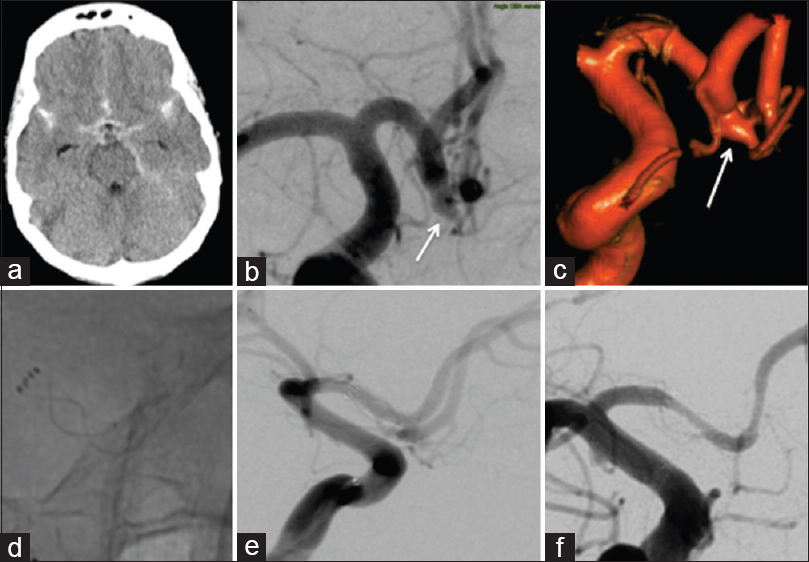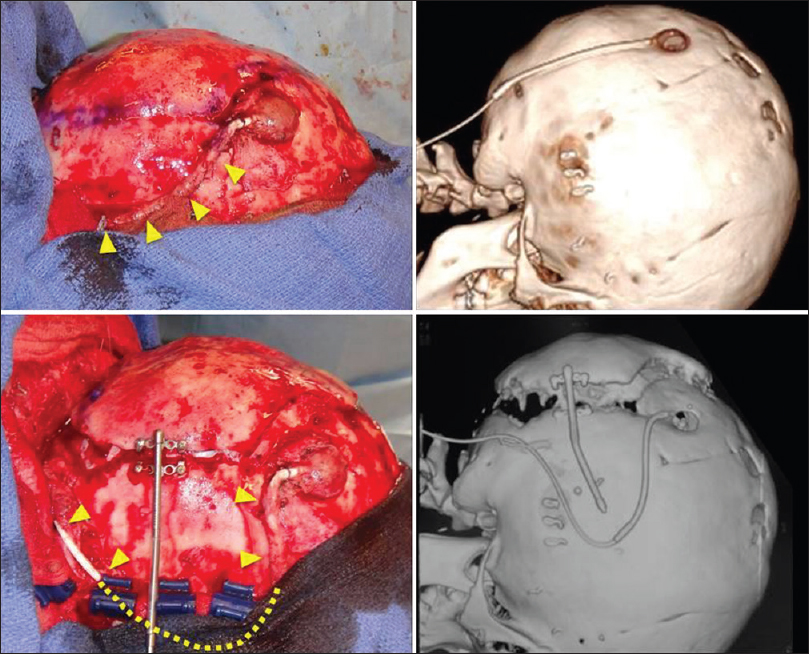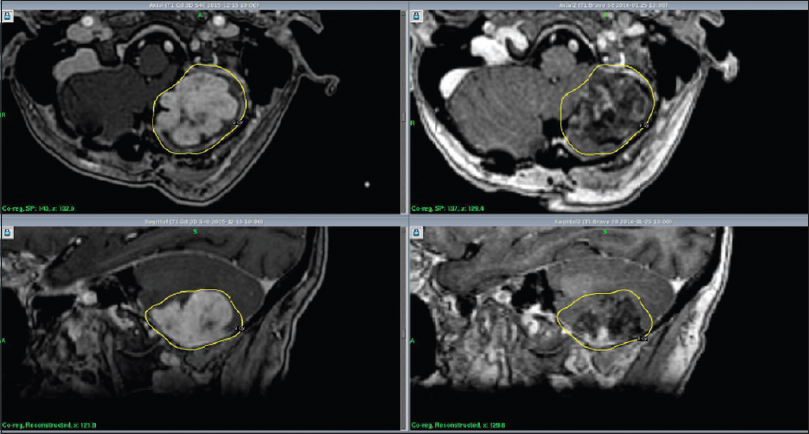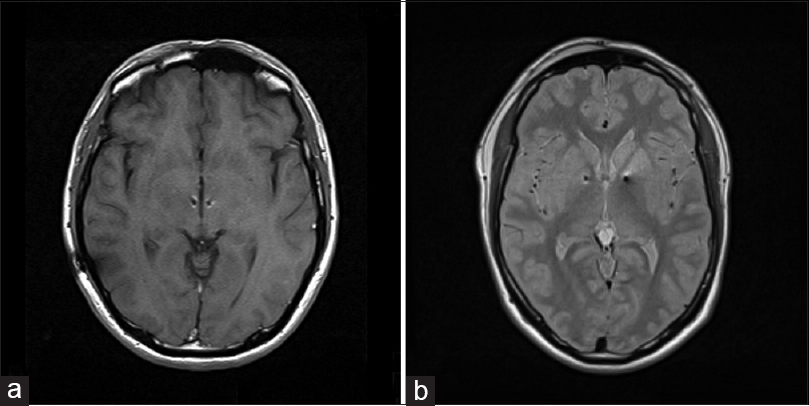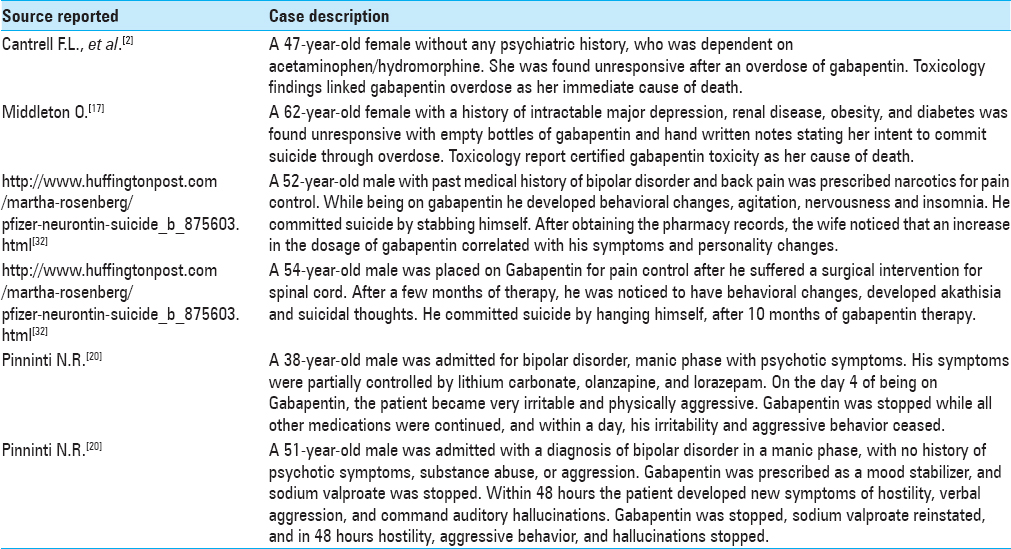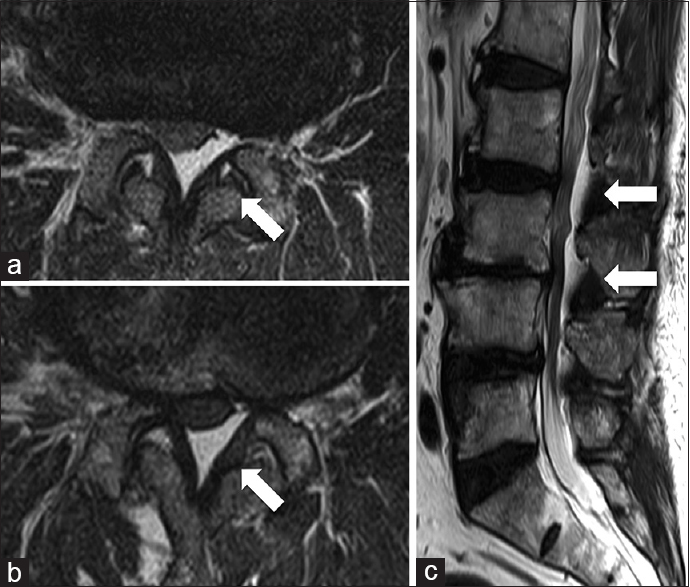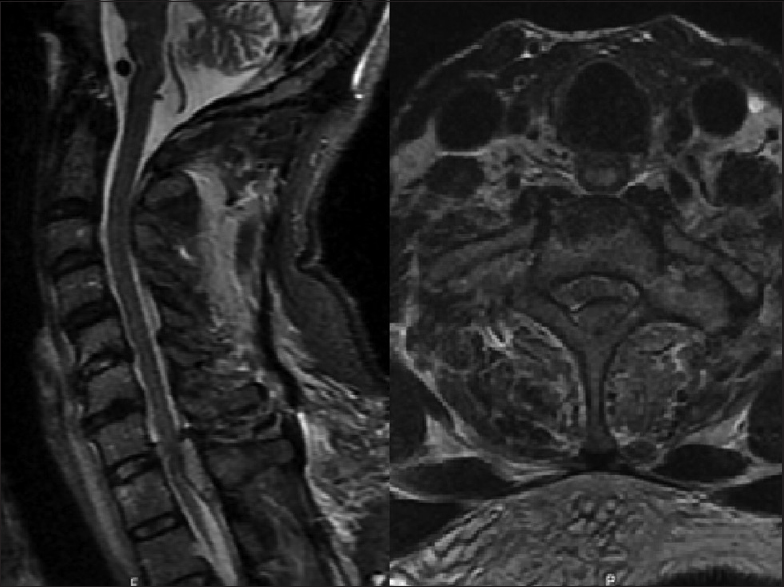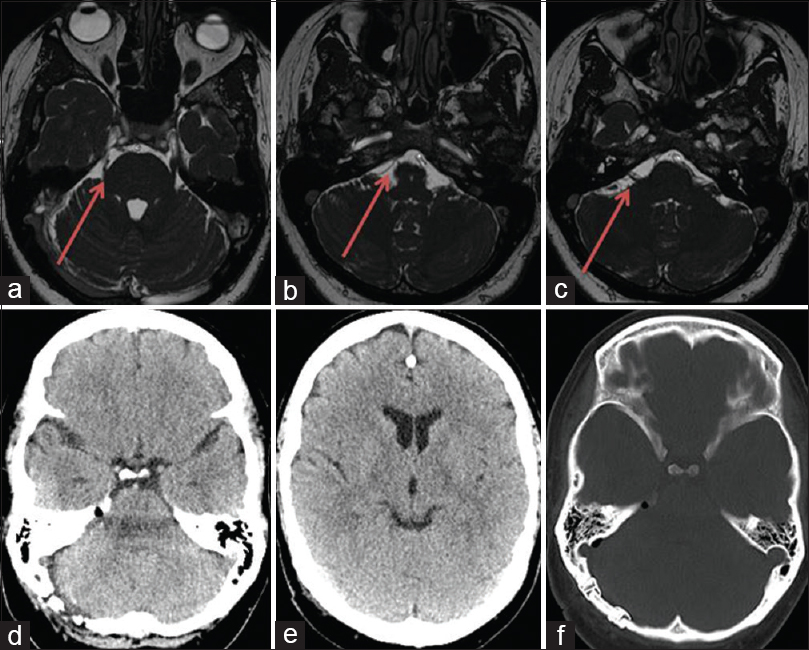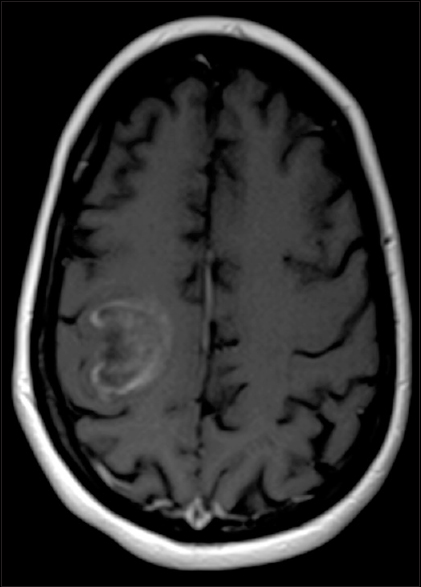The use of flow diverters to treat small (≤5 mm) ruptured, saccular aneurysms
Date of publication: 30-Oct-2018
Background:There is limited published literature on the use of flow diverting stents (FDS) to treat ruptured intracranial aneurysms in the acute stage. We present our experience of using FDS to treat small (≤5 mm) ruptured aneurysms.
Results and limits of posterior cranial vault expansion by osteotomy and internal distractors
Date of publication: 30-Oct-2018
Background:Expanding the posterior cranial vault has become a common procedure in the treatment of complex craniosynostosis. Several techniques are available to remodel the posterior vault. Aim of this study was to analyze the posterior vault distraction osteogenesis.
The concept of rapid rescue radiosurgery in the acute management of critically located brain metastases: A retrospective short-term outcome analysis
Date of publication: 30-Oct-2018
Background:Adaptive hypofractionated gamma knife radiosurgery has been used to treat brain metastases in the eloquent regions while limiting the risk of adverse radiation effect (ARE). Ablative responses might be achieved within days to weeks with the goal to preserve the neurological function. The application of this treatment modality in selected acute/subacute settings has been termed Rapid Rescue Radiosurgery (RRR) in our department. We report the expeditious effects of RRR during treatment and 4 weeks after treatment completion.
After 19 years of deep brain stimulation in Tourette's syndrome: From multiple targets to one single target?
Date of publication: 30-Oct-2018
Gabapentin-related suicide: Myth or fact?
Date of publication: 23-Oct-2018
Background:The opioid epidemic in America is real and is estimated to be the number one cause of death in adults under 50 years of age. Finding alternative analgesic medications is part of the effort to decrease the prescription of narcotics, with gabapentin being at the top of the list.
Lumbar epidural analgesia for labor in a parturient with a history of surgery for lumbar intradural ependymoma: Literature review and case presentation
Date of publication: 23-Oct-2018
Background:Ependymomas represent 50–60% of all brain and central nervous system tumors. Previous lumbar spine surgery for resection of an ependymoma should not be considered a relative contraindication for the administration of epidural/subarachnoid anesthesia to patients in labor.
An intraspinal extradural lipoma with spinal epidural lipomatosis: A case report and a review of literature
Date of publication: 23-Oct-2018
Background:Intraspinal extradural lipomas are very rare and should be differentiated from spinal epidural lipomatosis (SEL) and/or angiolipomas.
A rare case of Brown-Sequard syndrome caused by traumatic cervical epidural hematoma
Date of publication: 23-Oct-2018
Background:Brown-Sequard syndrome (BSS) is a well-known entity that is most commonly caused by a penetrating injury to the spinal cord (e.g., stab wound or gunshot wound). It is characterized by an ipsilateral weakness (damage to corticospinal tracts) and contralateral loss of pain and temperature two levels below the lesion (damage to lateral spinothalamic tracts). Although, rarely non-penetrating injuries, tumors, disc herniations, infections, autoimmune diseases, and epidural hematomas (non-penetrating trauma and spontaneous) have contributed to BSS syndromes, there are only four cases of BSS in the literature attributed to traumatic spinal epidural hematomas. Here, we add an additional case involving a 59-year-old male.
Surgical management of coexisting trigeminal neuralgia and hemifacial spasm
Date of publication: 23-Oct-2018
Background:Coexisting hemifacial spasm (HFS) and trigeminal neuralgia (TN) without any mass lesion in the posterior fossa is a rare condition. Hence, the surgical strategy of coexisting HFS and TN has rarely been discussed.
Transtentorial herniation from tumefactive multiple sclerosis mimicking primary brain tumor
Date of publication: 17-Oct-2018
Background:Multiple sclerosis (MS) is a chronic central nervous system inflammatory demyelinating disease characterized by multiple lesions disseminated in time and space. The lesions often have characteristic imaging findings on magnetic resonance (MR) imaging and cerebrospinal fluid findings that lead to their diagnosis. At times, these lesions may resemble tumors due to their large size (>2 cm), significant vasogenic edema, and ring-enhancing MR imaging findings. Such lesions are described as tumefactive demyelinating lesions or tumefactive MS, and they are generally seen in aggressive forms of MS associated with rapid progression.


